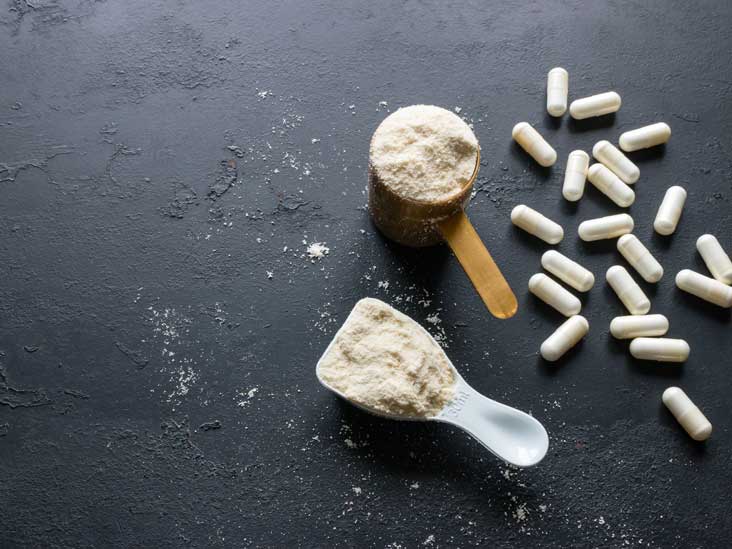Last modified on 4 September 2019
The pathological defect in patients with chronic fatigue syndrome is slow recycling of ATP. Normally there is enough ATP in a heart cell to last about ten beats - this means that roughly speaking ATP needs to be re-cycled every ten seconds. Top athletes like Steve Redgrave probably recycle ATP every five seconds, but patients with fatigue syndromes may only be able to recycle ATP every minute. Therefore I can do in ten seconds what Steve Redgrave can do in five seconds, but it might take one of my fatigue syndrome patients a minute to achieve the same!
ATP in releasing energy is converted to ADP (2-phosphates) which is recycled back through mitochondria to ATP (3-phosphates). However, if the system is really pushed then the body can extract energy from ADP by converting it into AMP (1-phosphate). The problem is that AMP is very slowly recycled, if at all, and most is lost from the cell. This means that the body has to make brand new ATP. This it does from D-Ribose and this it can do very quickly. The trouble is the body making D-Ribose. Normally this is made from glucose. However if the cell is lacking in energy then any glucose lying around can be converted to lactic acid to generate energy. The problem here is twofold - first of all the lactic acid causes pain. Secondly any glucose that was previously swilling around is now not available to make D-ribose.
Even when glucose supply is plentiful, production of D-ribose in the cell by the glucose pentose shunt is very slow.
D-ribose as a nutritional supplement is therefore useful because it is immediately available for the generation of new ATP.











